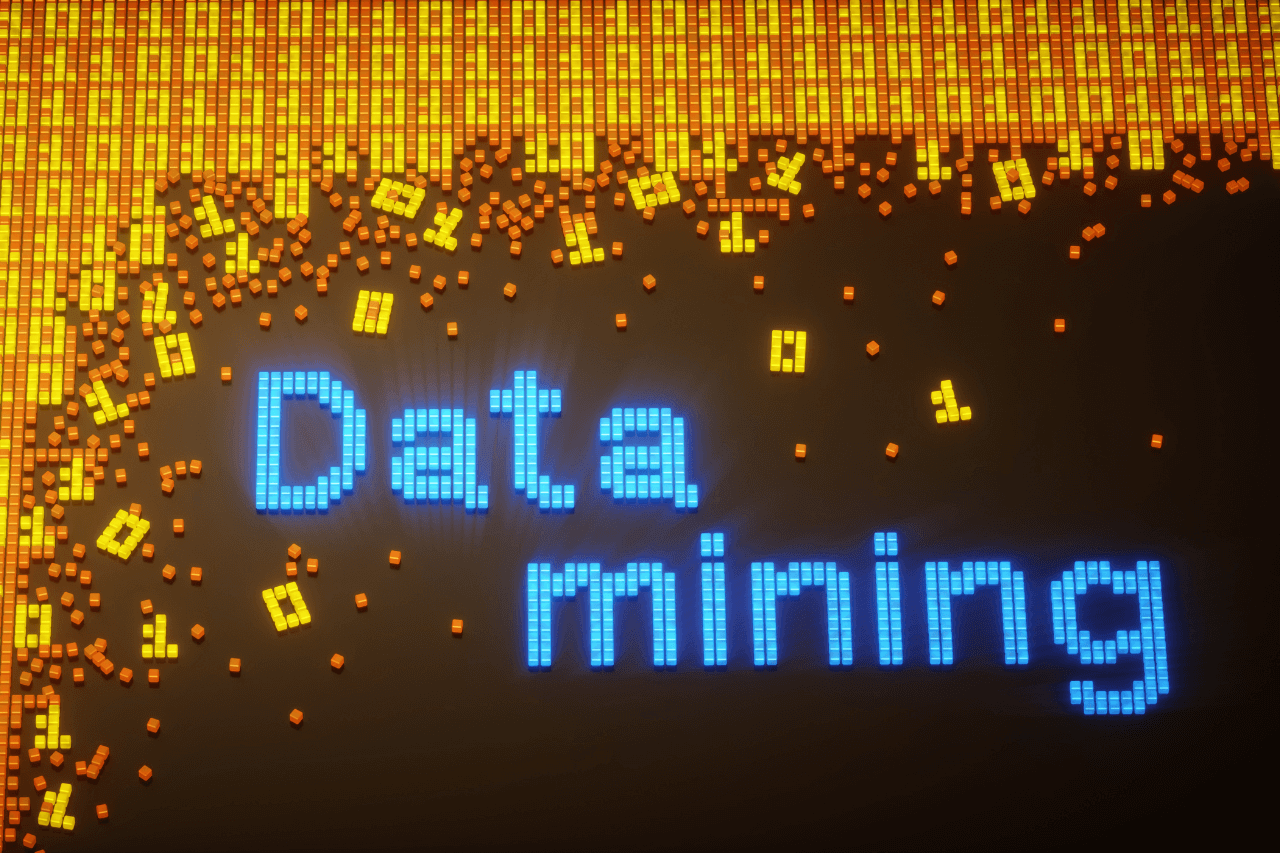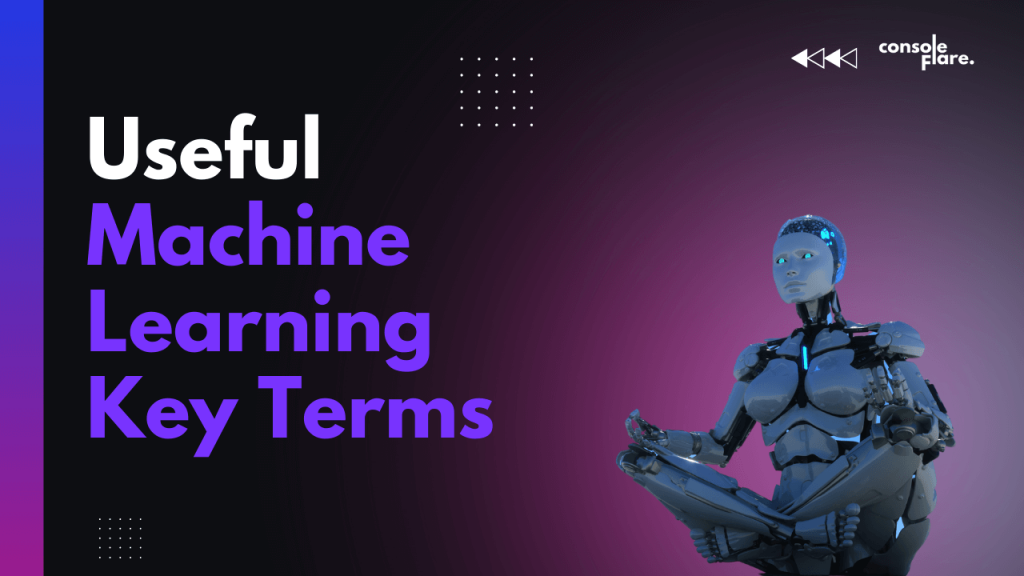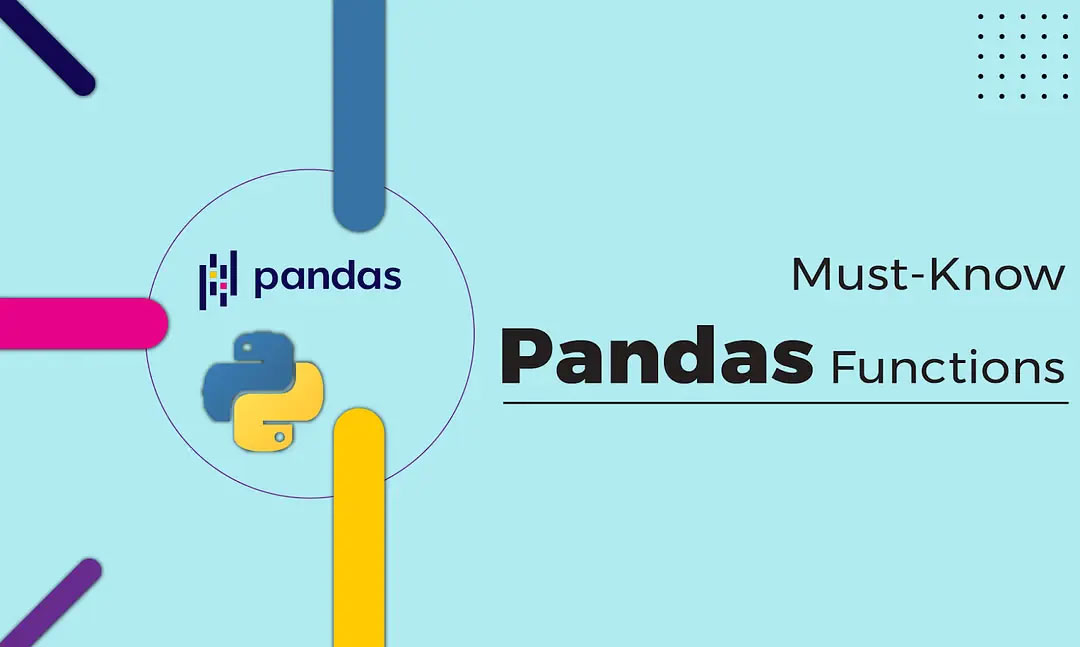Data Mining: Unveiling Hidden Gems in Your Data
In the era of data-driven enterprises, information stands as an invaluable asset. As businesses, researchers, and organizations accumulate vast quantities of data on a daily basis, precious insights often remain concealed within this ocean of information. Data mining is the enigmatic process that aims to unearth patterns, correlations, and hidden knowledge from extensive datasets.
By employing advanced algorithms and statistical techniques, data mining breathes life into raw data, empowering individuals and businesses to make informed decisions and enhance various aspects of their operations.
In this article, we will demystify the concept of data mining, explain its techniques, and provide simple examples to help those from non-IT backgrounds grasp the true potential of this powerful process.
What is Data Mining?
It is the process of discovering patterns, trends, correlations, or useful information from large sets of data and involves the use of sophisticated algorithms and statistical techniques to uncover valuable knowledge hidden within the data. The goal of data mining is to transform raw data into actionable insights that can drive informed decision-making and improve various aspects of business operations.
Data Mining Techniques: Unearthing the Gold
There are several techniques that are used to perform the mining of data, each serving a specific purpose in uncovering patterns and relationships within the data. Let’s explore some of the most common techniques with simple, non-technical examples:
- Classification
Classification is a technique used to categorize data into predefined classes or labels. Imagine you work for an e-commerce company, and you want to classify customer feedback as either positive or negative. By using data mining, you can analyze the sentiments expressed in the feedback and automatically assign each review to the appropriate category, enabling you to assess customer satisfaction quickly.
- Clustering
Clustering involves grouping similar data points together based on their characteristics. Let’s say you manage a retail store and want to segment customers into different groups based on their purchase behavior. Data mining can help you identify distinct customer segments, such as bargain hunters, brand loyalists, or occasional shoppers. This knowledge can be used to tailor marketing strategies to each group, enhancing customer engagement and sales.
- Association Rule Mining
Association rule mining discovers interesting relationships between variables in large datasets. Suppose you run a supermarket, and you want to find out which products are frequently bought together. By applying association rule mining to the sales data, you can identify that customers who purchase chips also tend to buy soda. Armed with this knowledge, you can optimize product placements and promotions to increase cross-selling opportunities.
- Regression
Regression is a technique that helps predict numerical values based on historical data. For instance, you are a real estate agent, and you want to estimate the price of a house based on its features, such as the number of bedrooms, square footage, and location. Data mining can build a regression model using past house sales data, enabling you to provide potential buyers with accurate price estimates.
Data Mining in Python
Python, a popular programming language, is widely used for mining data due to its extensive libraries and easy-to-understand syntax. With libraries like Pandas, NumPy, and Scikit-learn, Python simplifies the mining process for data analysts and scientists alike. By enrolling in online courses for data science, beginners can learn Python online and harness its capabilities to extract valuable insights from data effortlessly.
Data Mining and Data Warehousing: A Symbiotic Relationship
Data warehousing and mining go hand in hand. Data warehousing involves the storage and organization of large volumes of data from different sources in a central repository. Data mining, on the other hand, digs into this centralized data to uncover hidden patterns and relationships. Together, they create a powerful ecosystem that supports data-driven decision-making in various industries.
Real-Life Example: Retail Store Customer Segmentation
Let’s take the example of a thriving retail store. The store manager aims to optimize marketing strategies, product placements, and customer engagement to boost sales and revenue. With an enormous dataset containing purchase history, customer demographics, and transaction details, the manager realizes that there’s a goldmine of untapped potential within this vast pool of data.
To unlock this potential, the manager turns to data mining. Applying clustering, a data mining technique, the manager groups customers based on their purchase behaviors, preferences, and spending patterns. The algorithm identifies distinct customer segments, such as budget-conscious shoppers, brand enthusiasts, and impulse buyers.
By discovering these customer segments, the retail store can tailor its marketing efforts more effectively. For instance, budget-conscious shoppers may receive personalized discount offers, while brand enthusiasts may be targeted with exclusive loyalty programs. As a result, the retail store experiences a surge in customer satisfaction, improved brand loyalty, and a significant increase in sales revenue—all thanks to the insights extracted through data mining.
Data mining is a powerful process that empowers businesses and researchers to gain valuable insights from their data. Whether it’s classifying customer feedback, segmenting customers, identifying product associations, or making accurate predictions, data mining holds the key to unlocking the hidden potential within large datasets.
With Python as a valuable tool in the data mining arsenal, learning this language through online courses can elevate one’s data analysis skills to new heights. Embrace the world of data mining, and discover the hidden gems within your data that will drive success in the modern age.
Hope you liked reading the article, What is Data Mining? Explain With Example. Please share your thoughts in the comments sec









One thought on “What is Data Mining? Explain With Example”